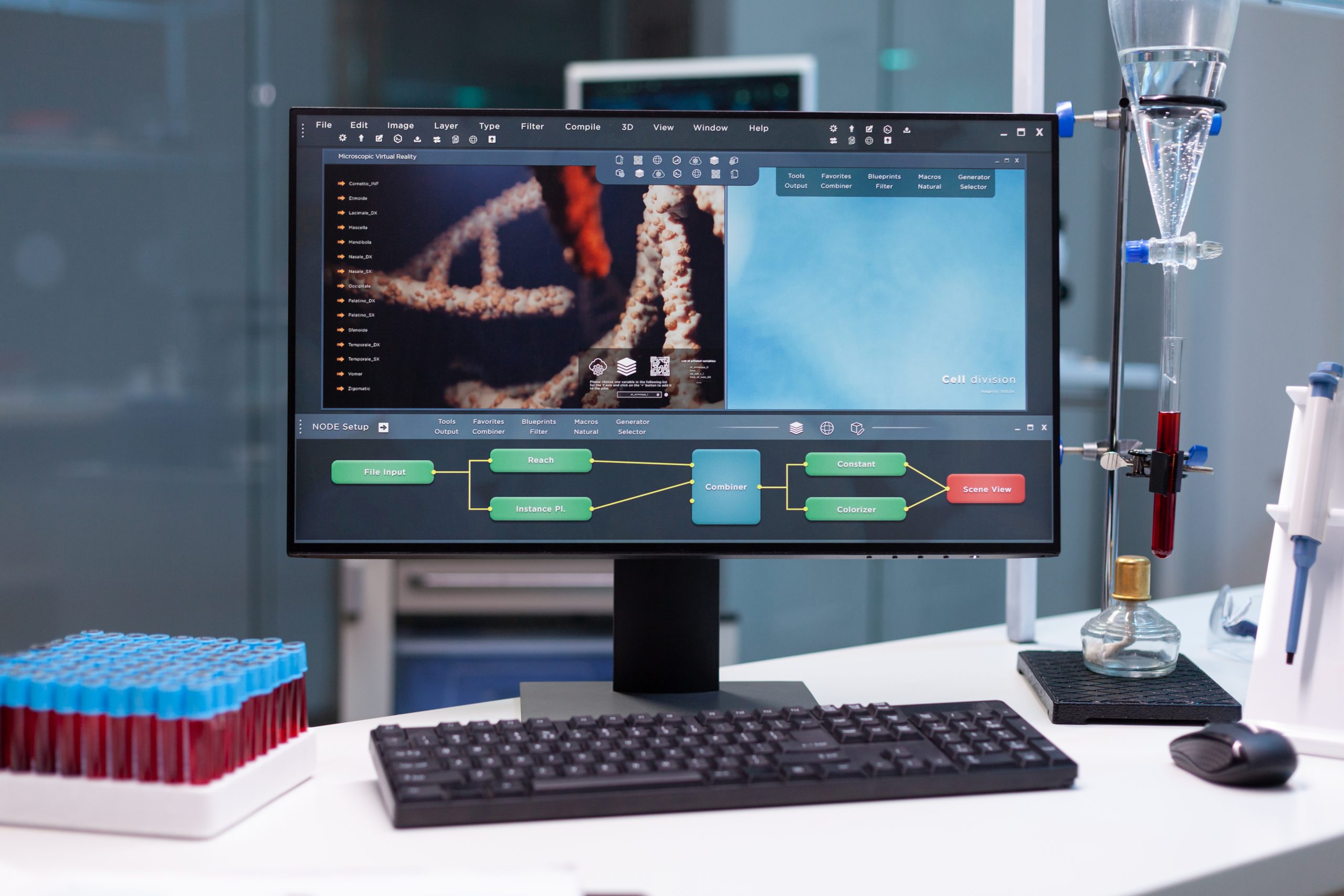The word homogenize refers to uniformity, that is, the ability to move a mixture from being composed of several phases to being composed of a single phase, that is, uniform or homogeneous. Homogenization is related to the use of chemical substances, which seek to mix until a uniform solution is obtained, by using physical means. Homogenization can be applied to a wide variety of samples, such as tissues, food, plants, soil, among others. For this reason it is very useful in many fields of science and industry, among these are biology, agriculture, chemistry, cosmetic or food industry, among other disciplines.
In laboratories where it is necessary to perform the homogenization technique, it is essential to have the necessary equipment to carry it out, these can be various, from very elementary such as mortars with harness, crushed, blenders or blade grinders, to more advanced equipment such as conventional and ultrasonic homogenizers. The choice of equipment over another will depend on what you want to mix and the discipline in which it will be used.
Technique of homogenization
Homogenization is a technique in which solutes are combined to obtain a uniformly consistent solution. Homogenization is used when the solutes to be mixed are poorly soluble or not soluble. As a result it is sought to obtain a solution that consists only of one phase, unlike heterogeneous mixtures, characterized by having two or more phases.
As mentioned above, there are several equipments with which substances can be homogenized, however, the most common to find in laboratories are the conventional homogenizer or ultrasonic homogenizer. Conventional homogenizer operation is based on a rubber part connected to a motor, which is activated when the rubber part is pressed. When the engine is activated, the rubber part starts to rotate and vibrate, creating a vortex in the solution in the flask, until the flask becomes completely homogeneous.
Advantages of using homogenizers
The advantages of homogenizing substances depend on the type of industry or field in which it will be used, for example in biology, it makes it easier to study the internal components of the cell, while in the case of the food industry it provides an increase in quality to the final product. For this reason, in every laboratory it is essential to have a homogenizer. Listed below are some of the benefits of using these devices:
- Food industry: the use of homogenizers can make food more attractive to the public by increasing its creaminess and improving its texture. For example, in the case of dairy products, homogenization prevents sedimentation, formation of layers of serum and improves the texture of the product; in the case of juices or creams, increases its viscosity. In general, consumers prefer products that look uniform and texture, rather than products that are divided into phases, which detracts from quality and attractiveness.
- In the field of biology: the advantage of using homogenizers is that it is possible to study in depth the components of the cell, since with these equipment it is possible to disintegrate its components without harming them.
- In the field of chemistry: homogenizers can make solutions faster and can also optimize emulsions.
Homogenizers brand Kalstein
At Kalstein we have the best clinical and laboratory equipment at the most affordable prices on the market. We are MANUFACTURERS of high technology and quality homogenizers, excellent for any laboratory. Our ultrasonic homogenizer is characterized by:
- Single-chip technology + 4.3-inch capacitive TFT touch screen, optional computer communication, or data printing.
- PID control, ultrasonic time, power can be set from 1% to 100%.
- The sample temperature detection frequency is automatically tracked, and the failure is automatically alarmed.
When you make the PURCHASE of your homogenizer we assure you that you will be advised at all times. To make your quote you should only enter our catalog HERE





